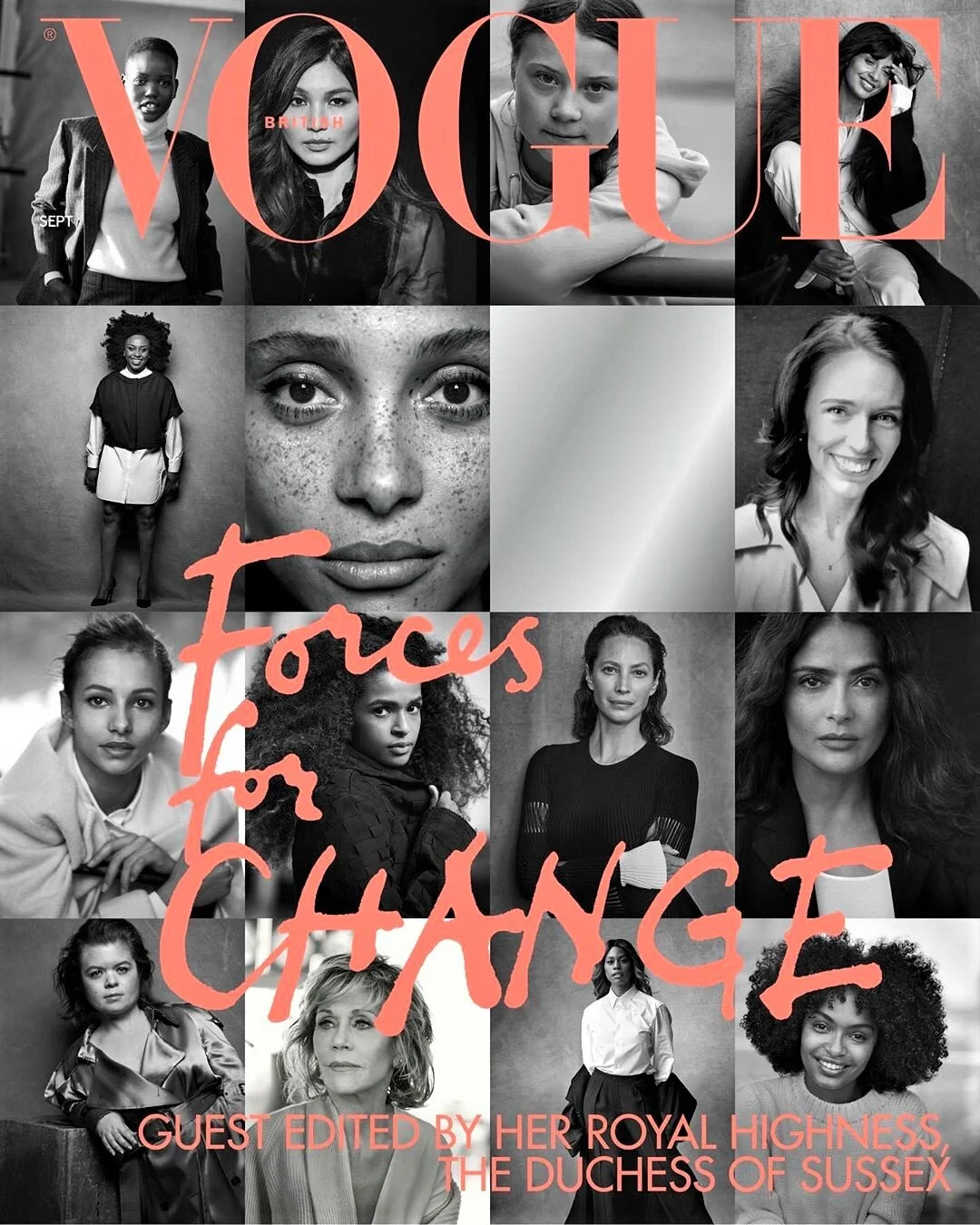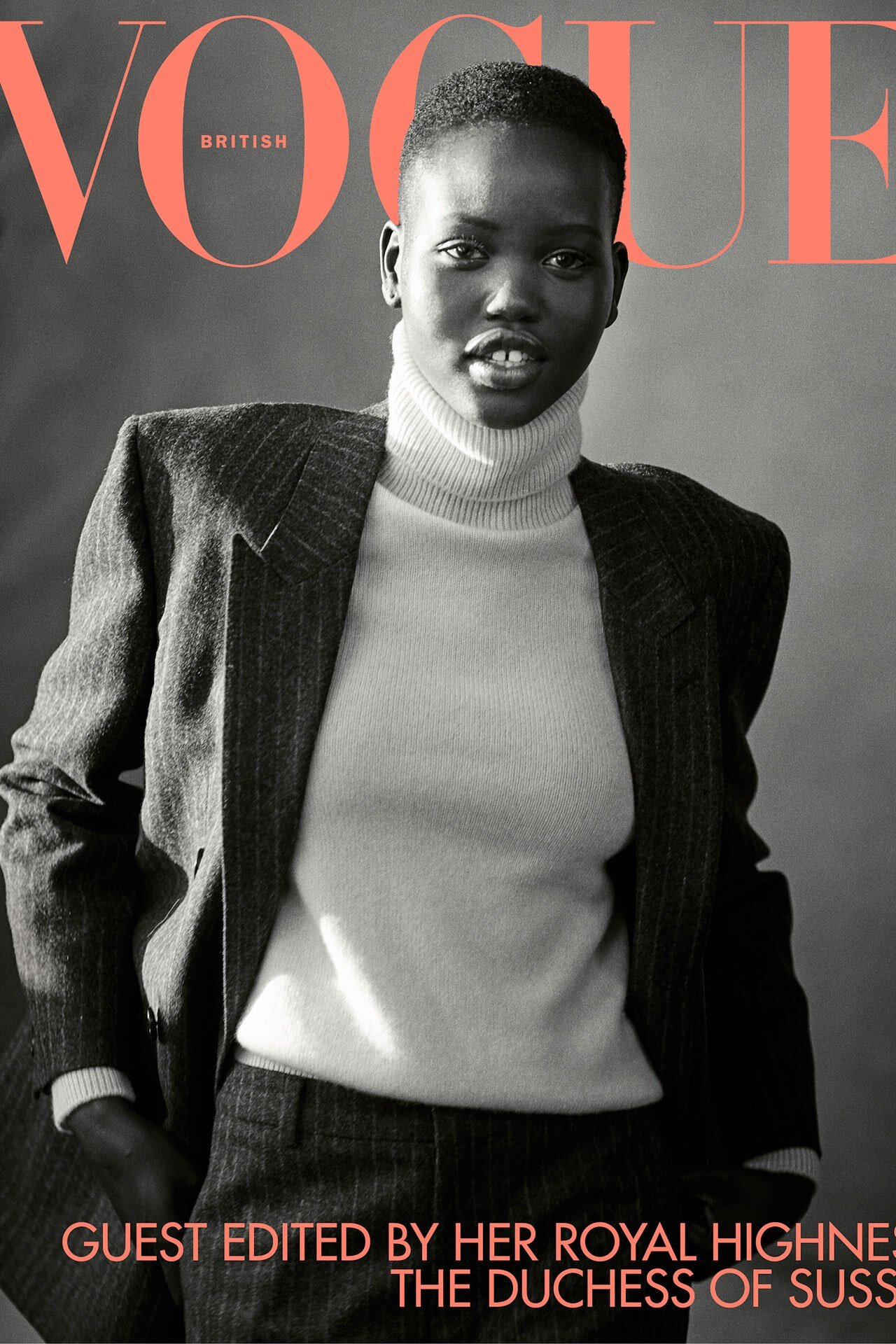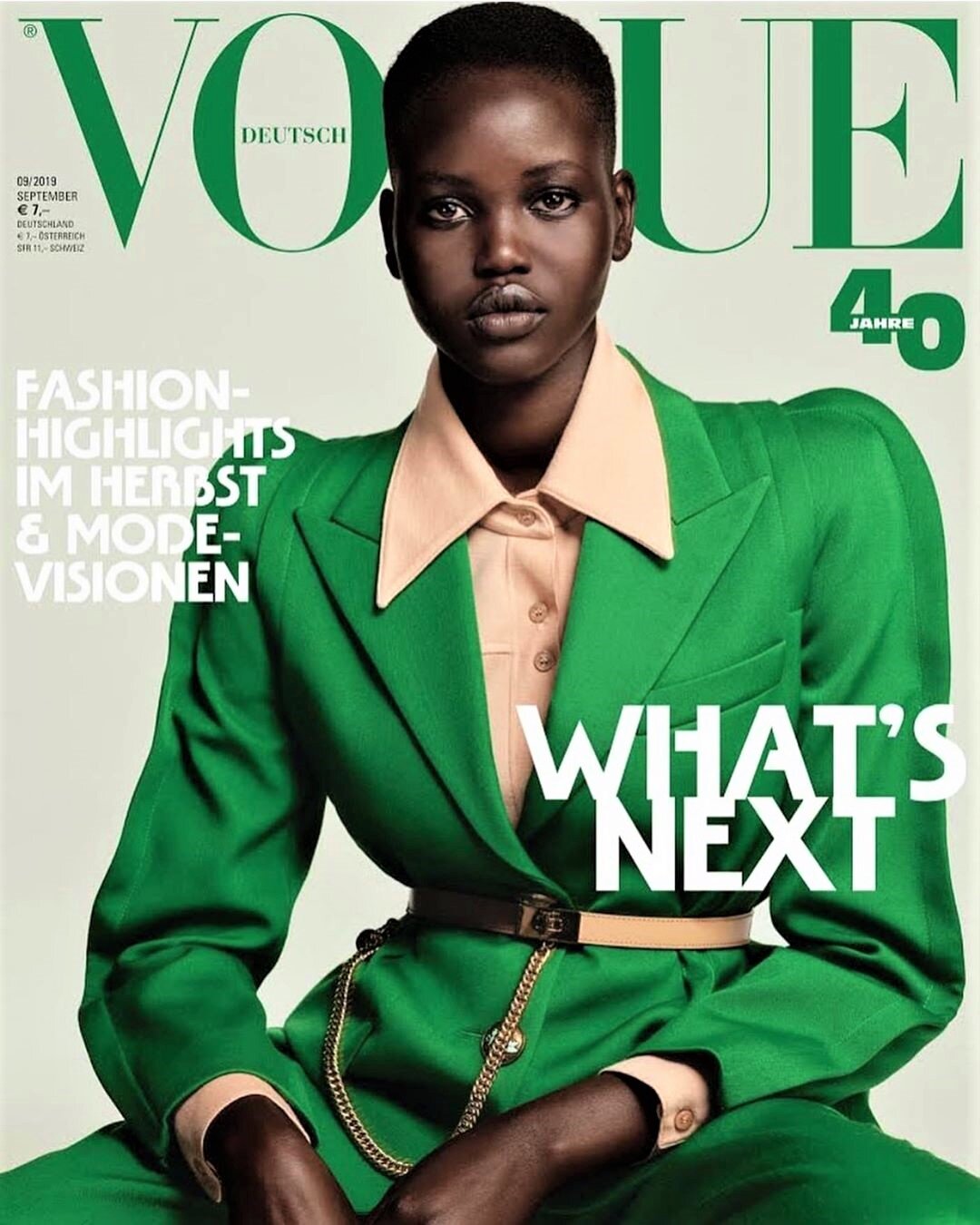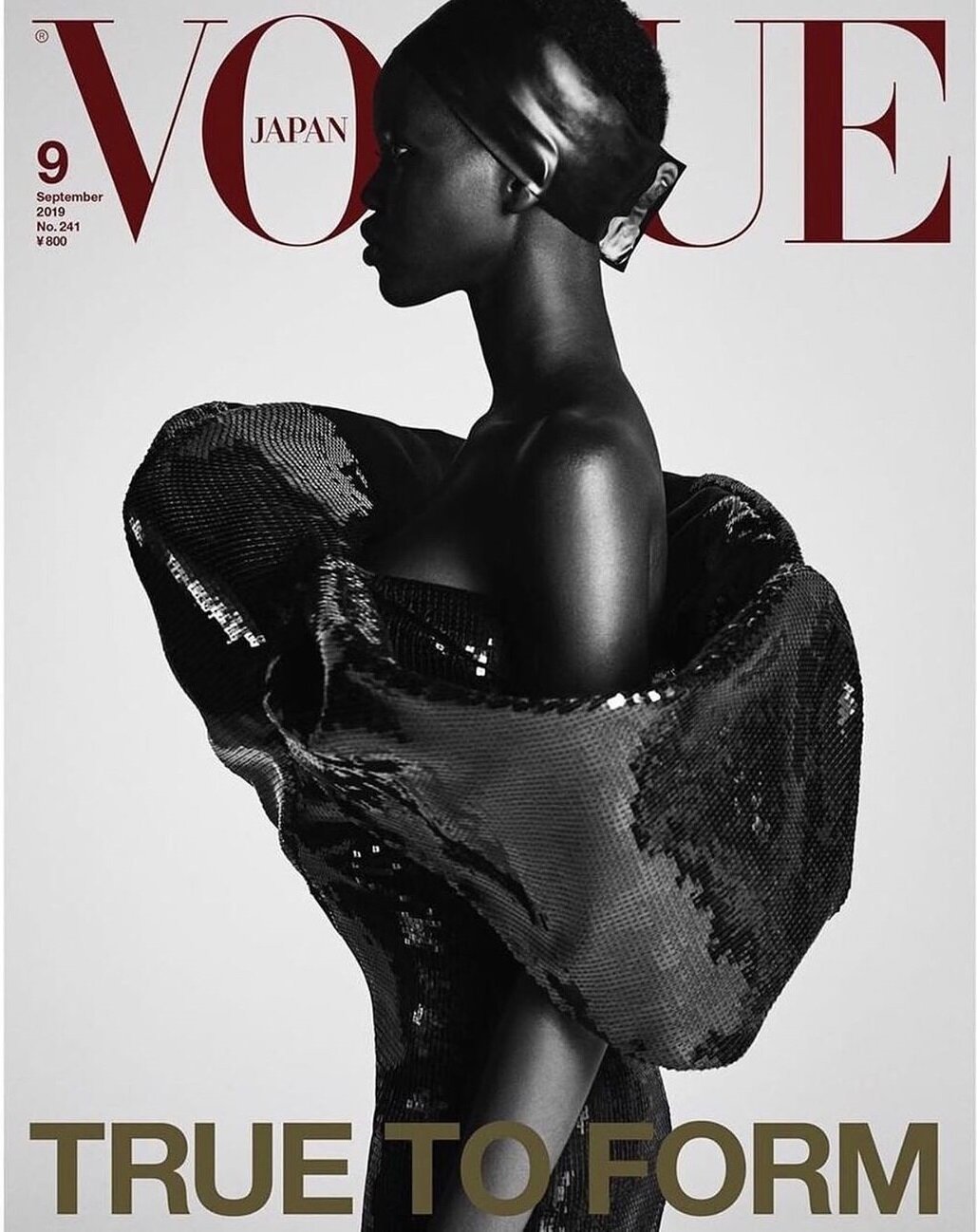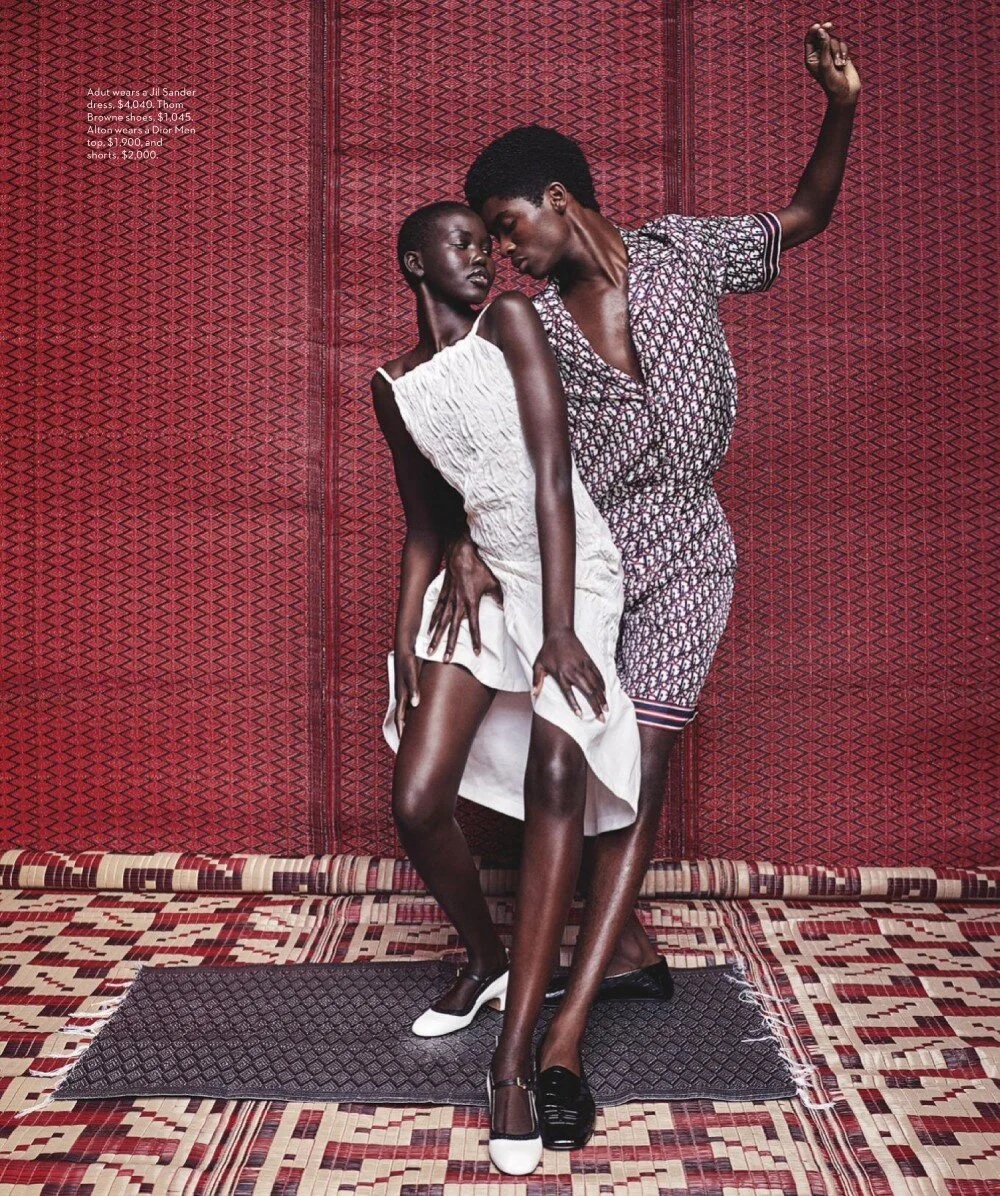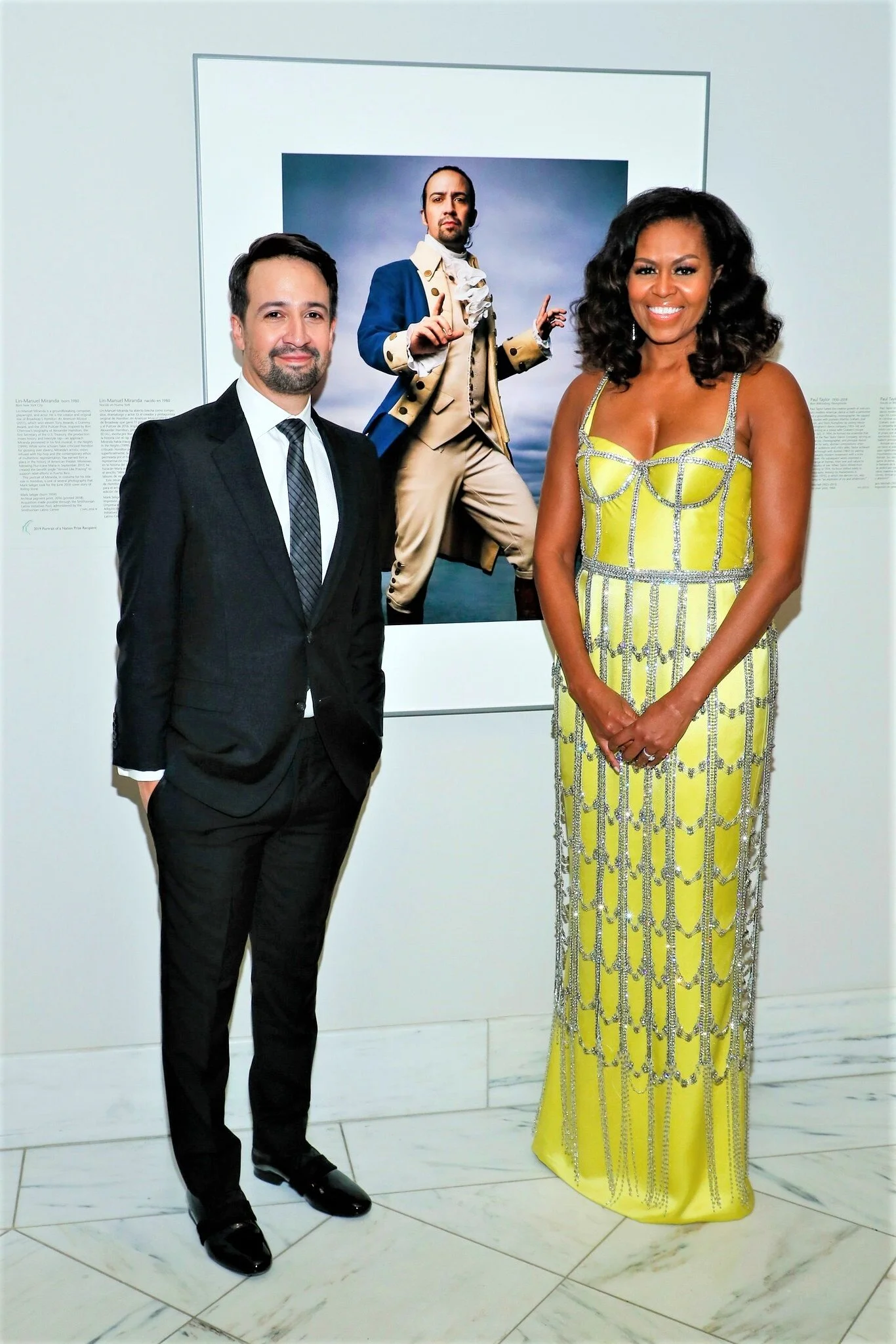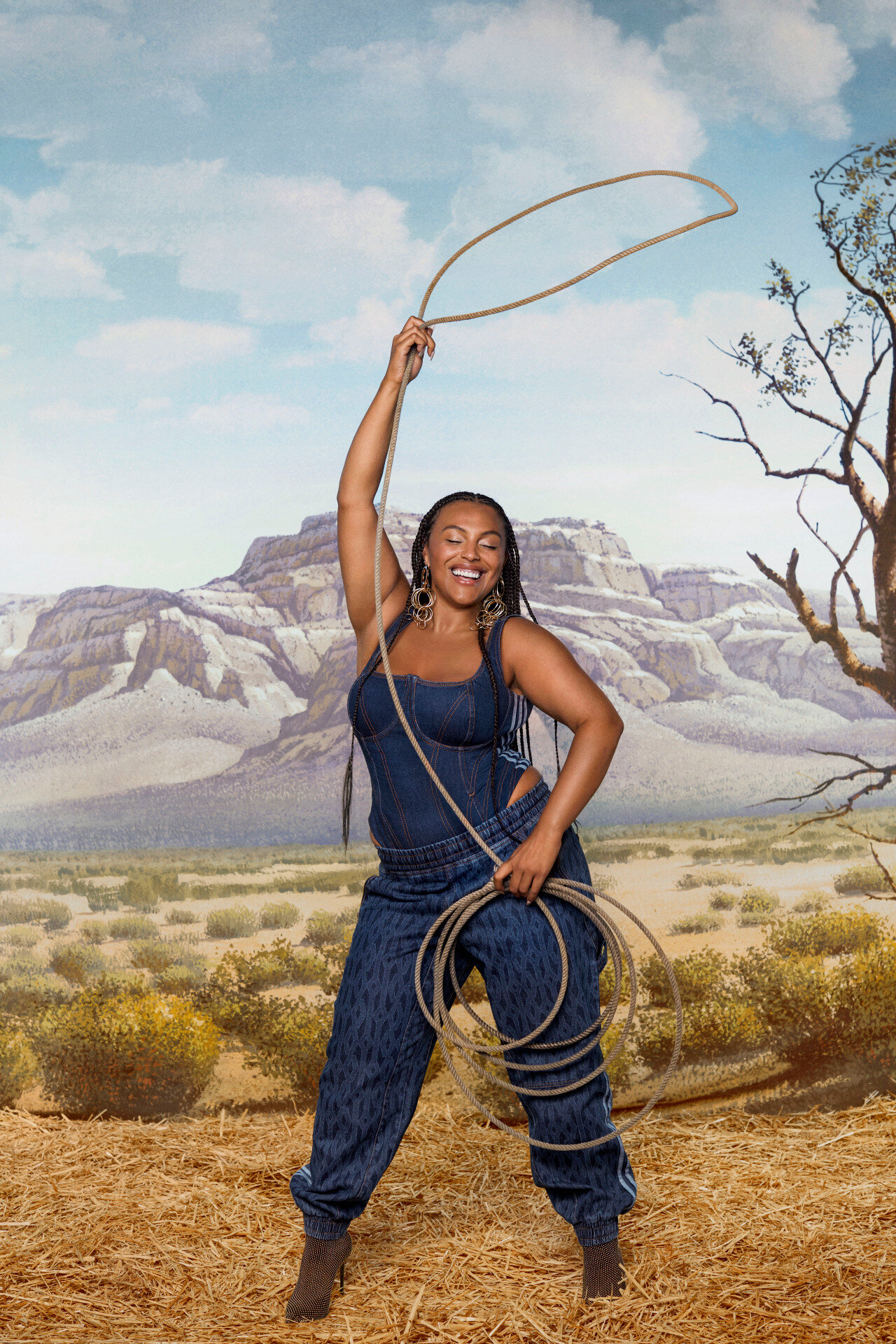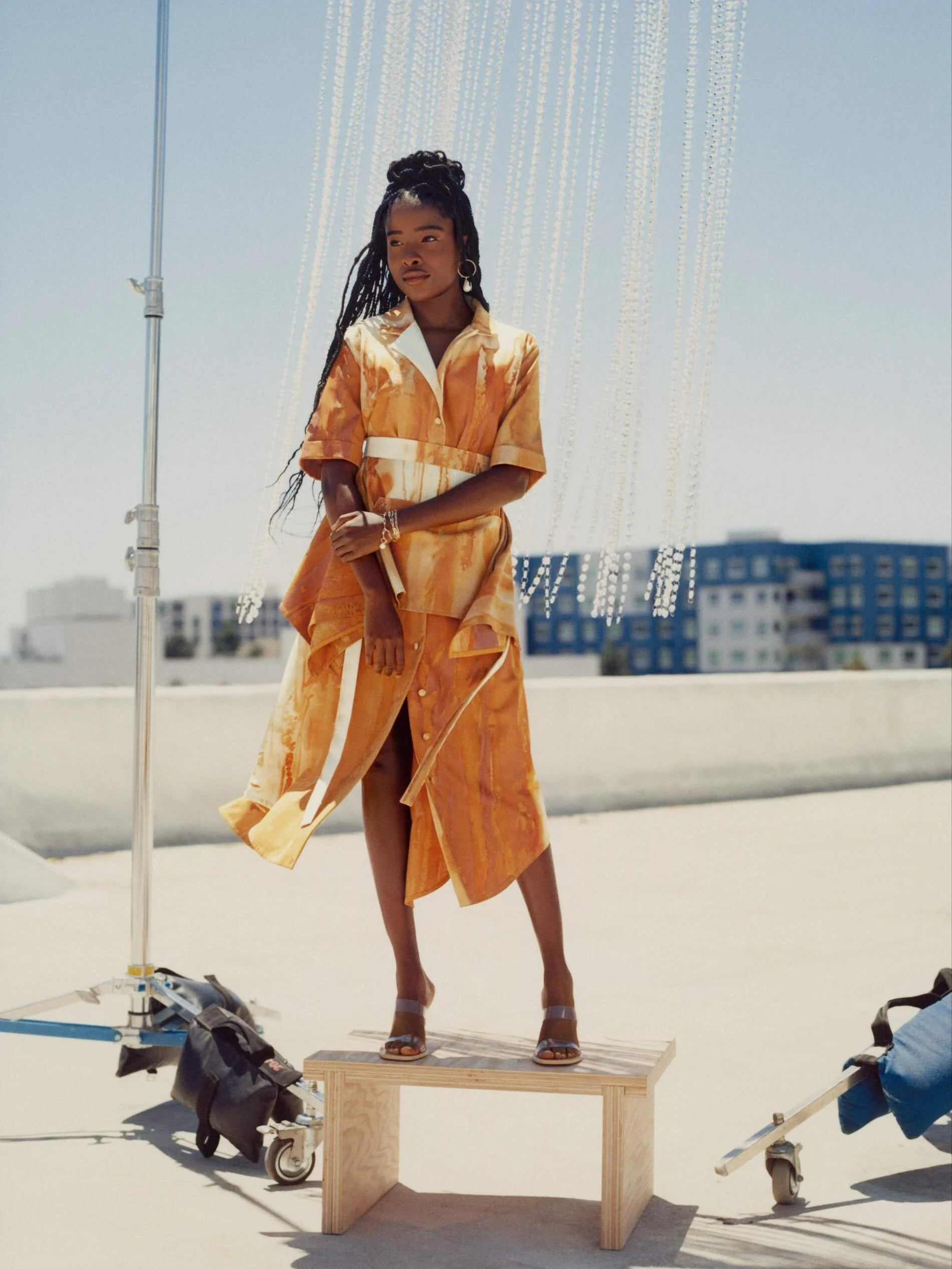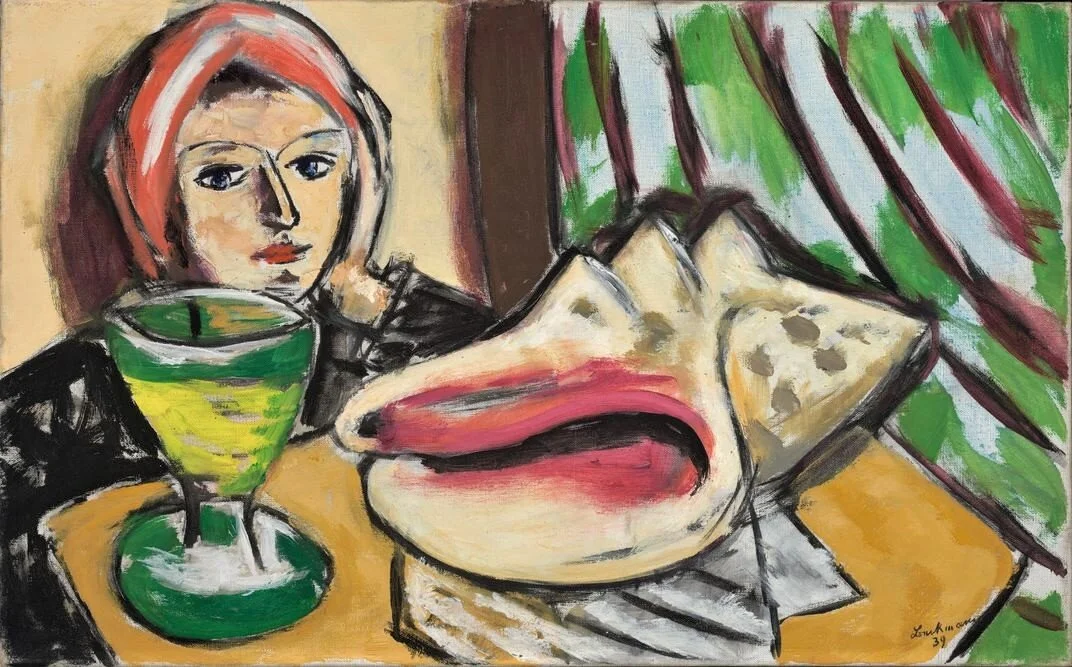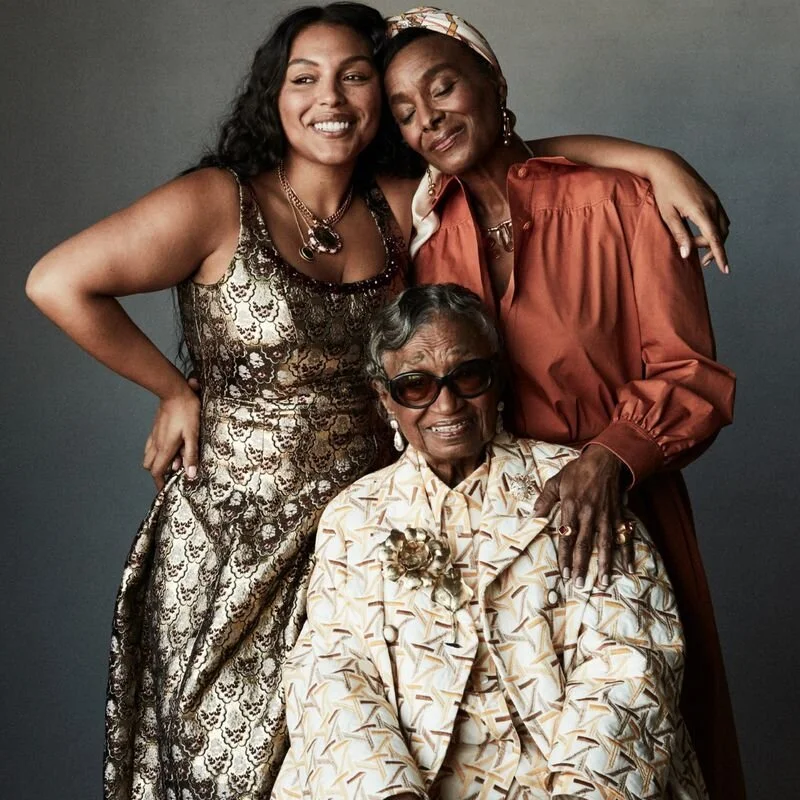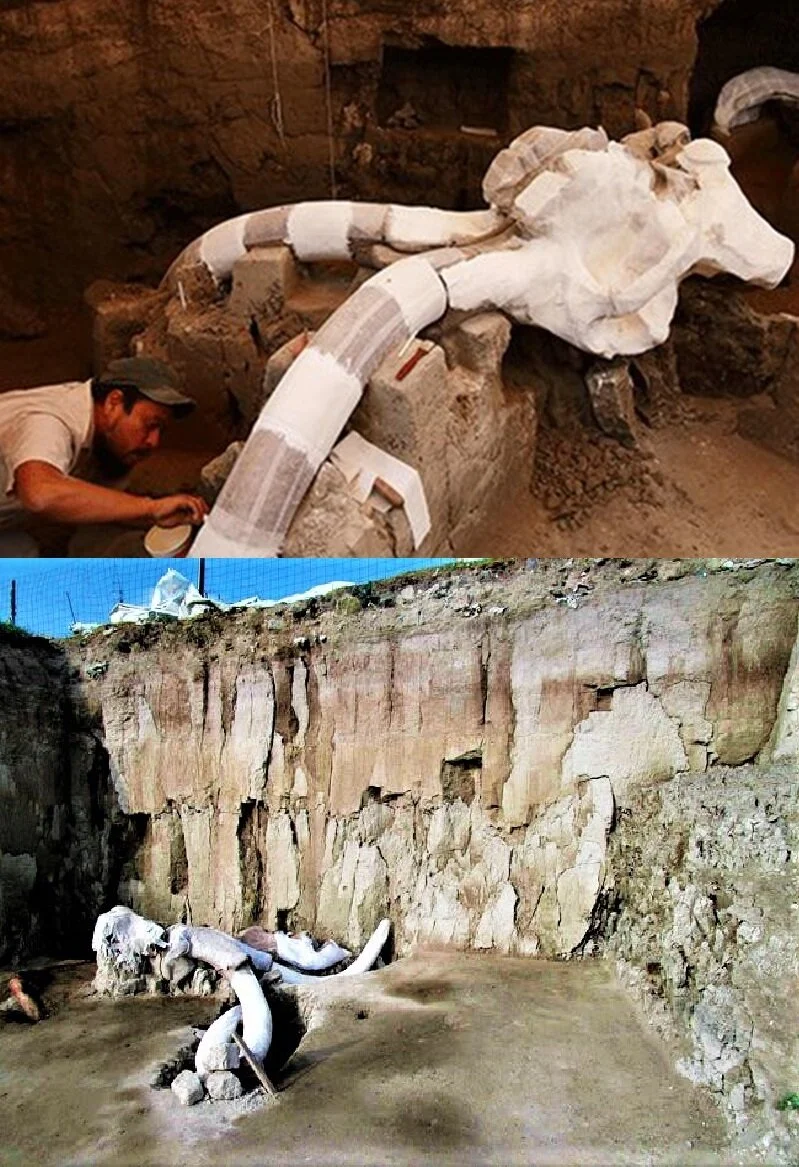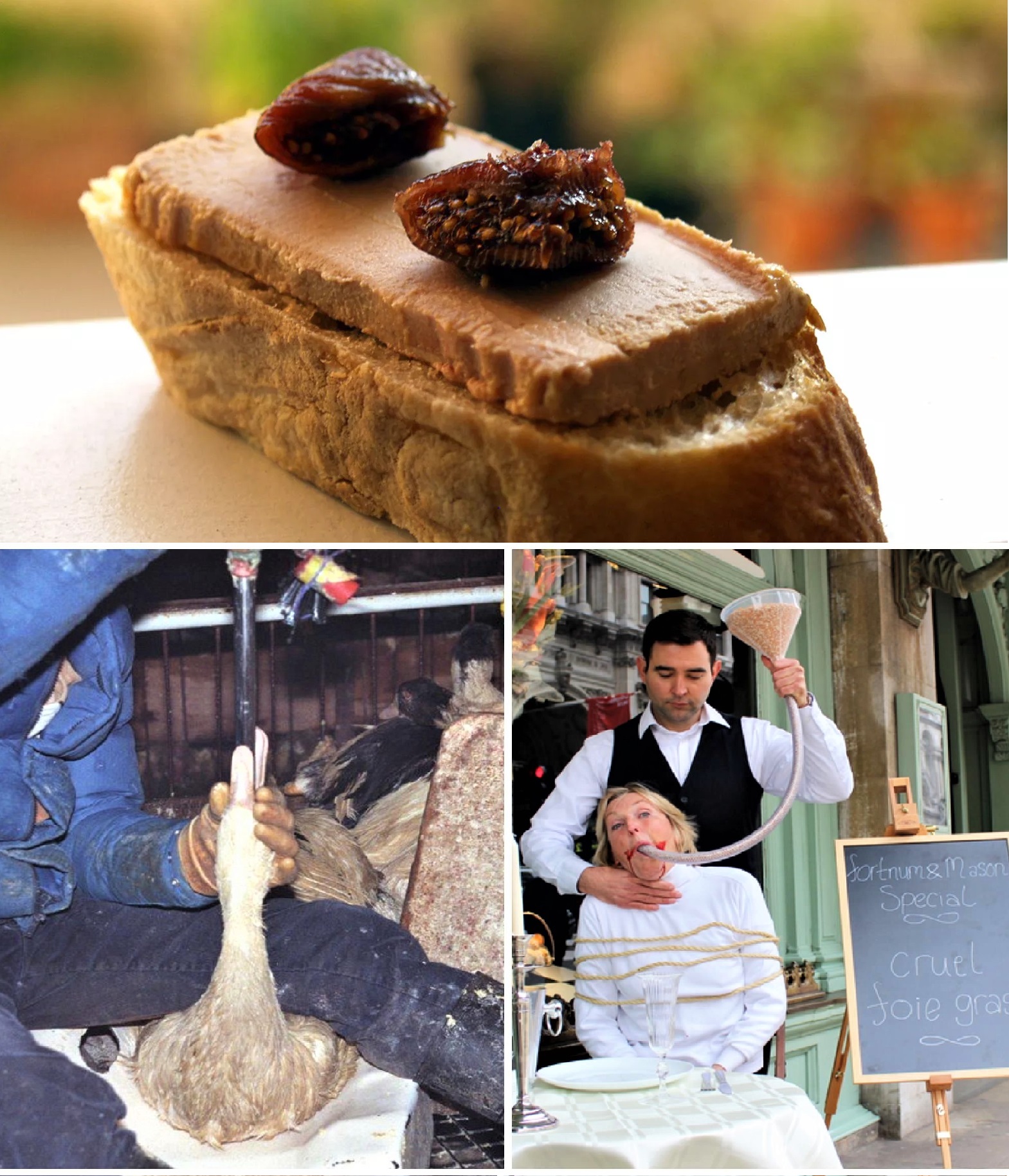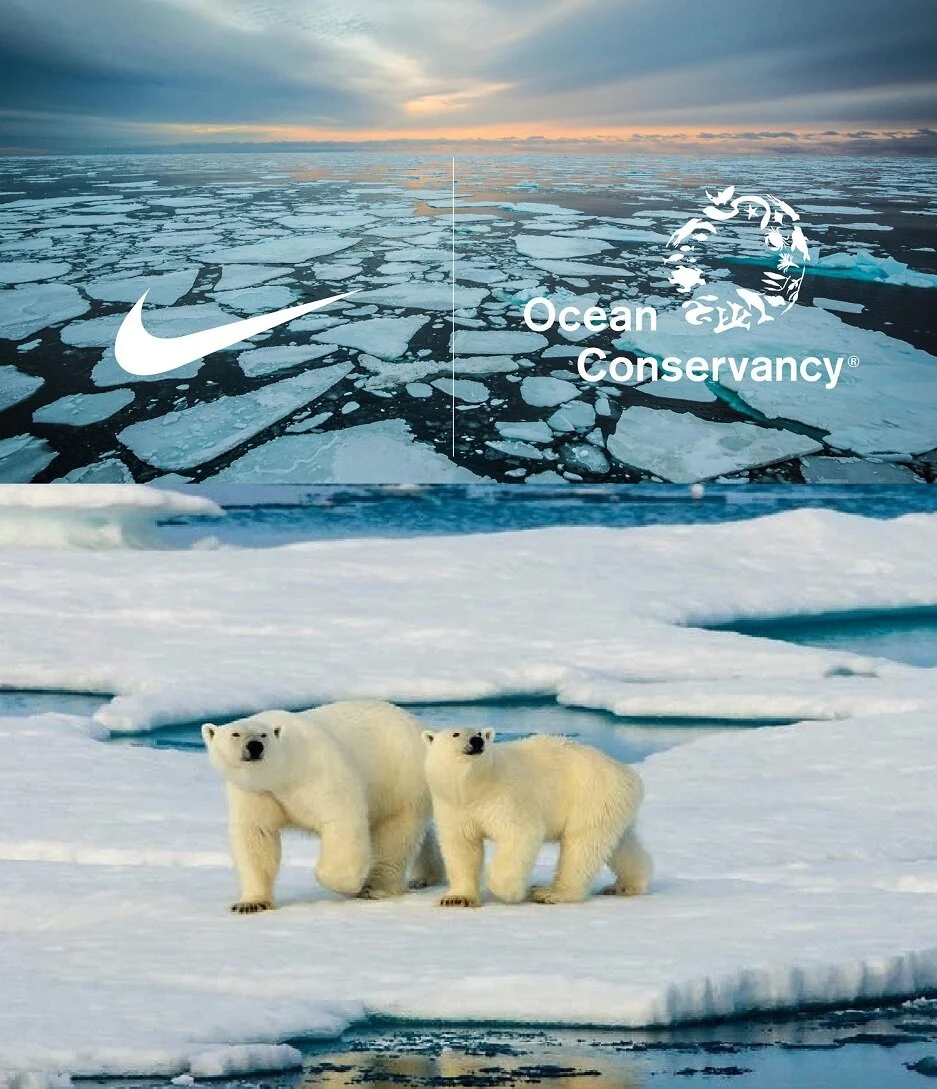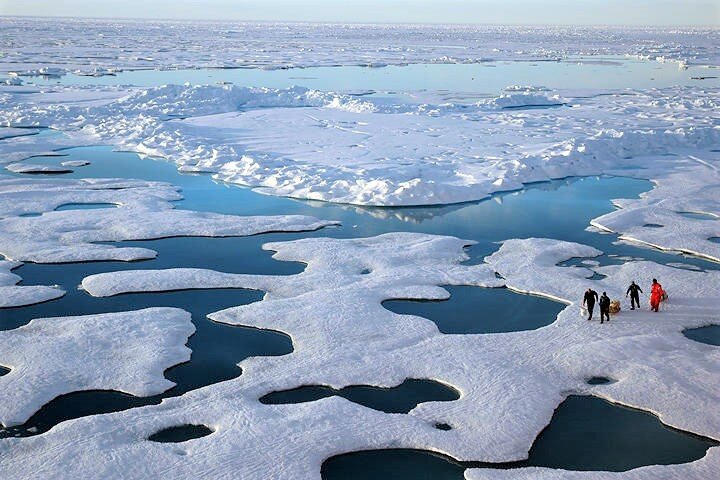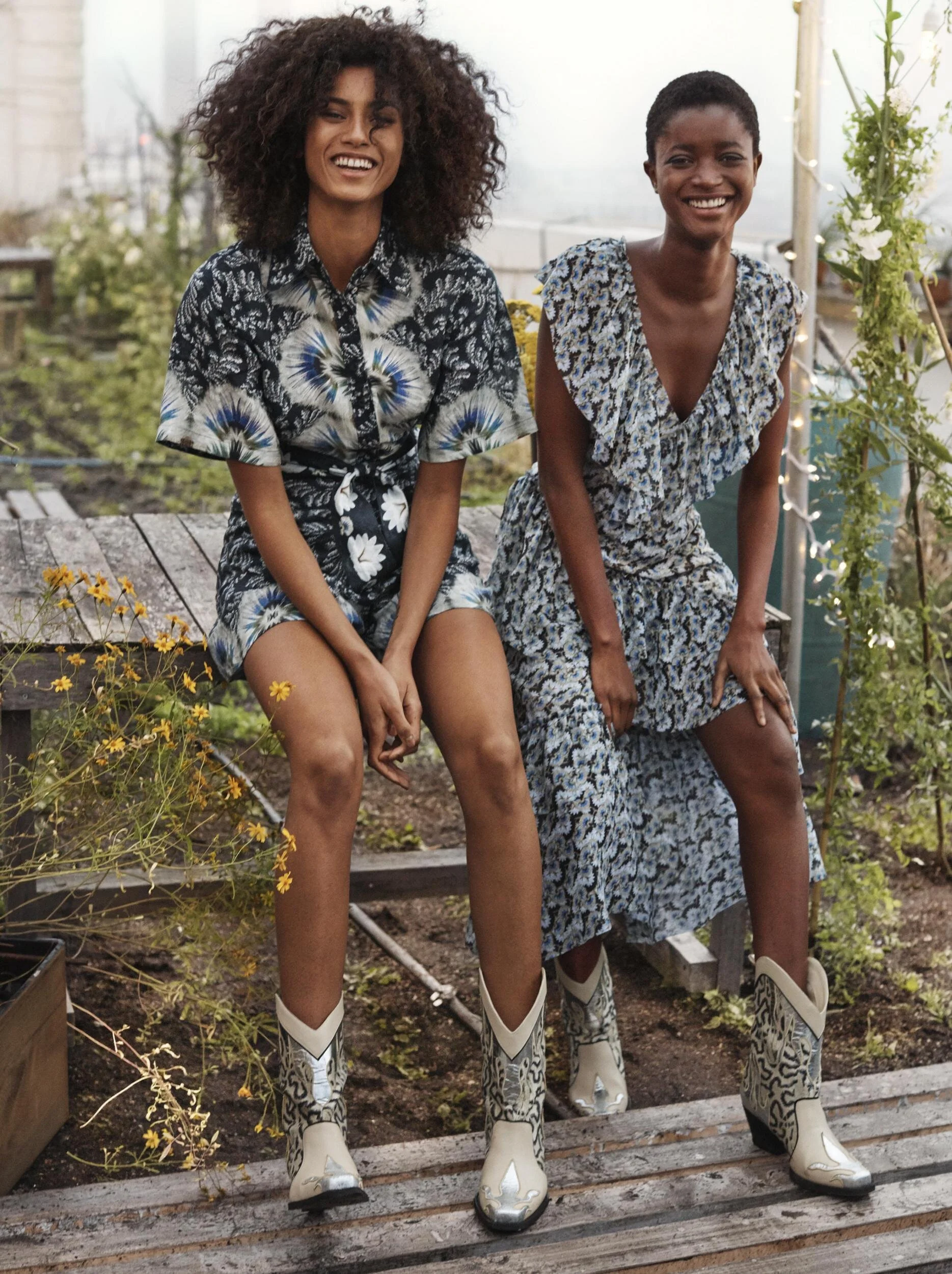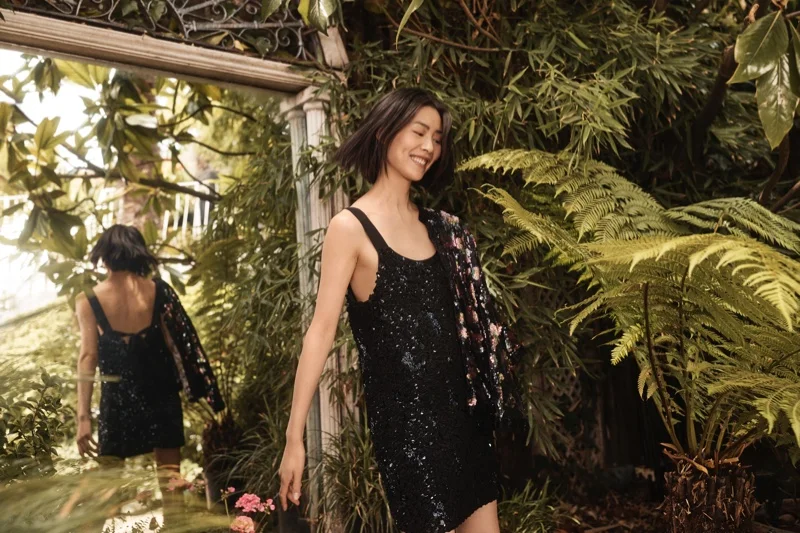In the words of British Vogue, “Adut Akech brought down the house”, winning Model Of The Year at Monday night’s British Fashion Awards celebration in London. Adut wore a voluminous Valentino gown that featured a ruffled midriff and a thigh-high split. Of course Adut used her speech to highlight the need for the fashion industry to continue its high-gear march towards far greater diversity.
The South Sudanese model is at the vanguard among the huge wave of creatives of color across the fashion industry, a trend that impacts photographers, stylists and countless other categories of vibrant talent virtually ignored by fashion industry leaders.
Adut Akech also brought her voice and status as a refugee born in then Sudan, now South Sudan, whose family migrated to Adelaide, Australia in an effort to remake their lives.
“It is important for all of us to remember that someone like me winning this award is a rarity,” she pointed out after expressing her gratitude for the statuette. “This is for the young women and men who found representation and validation in my work. I want them to never be afraid of dreaming big like I once did. To them, I say this: Whatever it is you want to do, whether it’s modelling or acting or medicine, you should never doubt yourself. Don’t let the world convince you that it is not possible.”
Akech appeared on the prestigious September 2019 covers of British Vogue, Vogue Germany and Vogue Japan. The British Vogue issue was guest edited by Her Royal Highness Duchess of Sussex Meghan Markle and featured women who are ‘Voices of Change’.
At a time when ‘refugee models’ are making their marks across the fashion and luxury market industry, Adut stands high on the list of beautiful young women enjoying their own mercurial success in an industry that has long shunned them.
The Aussie beauty’s activism and seizure of every limelight moment to discuss issues that matter to her is unrelenting, and in her own words: “I Will Always Be a Refugee”. As the model reminded us in her article ‘Refugees Are Just Like Everybody Else’ for British Vogue’s September 2019 issue:
“You don’t wake up thinking, I’m going to be a refugee. The only difference between a refugee and someone who grew up in the Western world is that we were forced out of our own country, out of our homes, because of fear – not out of choice.”
TIME Magazine honored Adut Akech on their 2019 TIME 100 Next list. Follow Adut Akech’s archives @ AOC.








